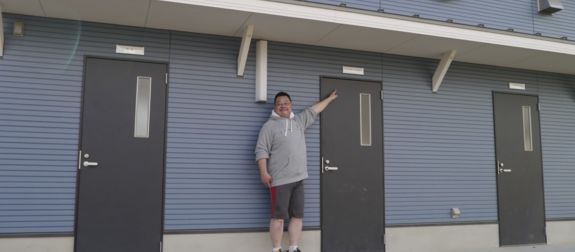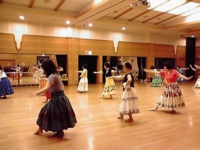Diary

SEIJIN NO HI
 The second Monday of January is a national holiday called ”Seijin no hi” or Coming-of-Age Day to celebrate men and women who have reached the age of 20 during the previous year in Japan.
The second Monday of January is a national holiday called ”Seijin no hi” or Coming-of-Age Day to celebrate men and women who have reached the age of 20 during the previous year in Japan.
Reaching the age of 20 years old is a milestone in Japan. At the age of 20, people are allowed to drink, smoke, vote, and get married without parental permission.
Most 20-year-old men and women go back to their hometown to participate in the special ceremonies that local governments hold for them, and to receive the memorial gift presented by a local chief executive.
The local government of Urayasu city in Chiba prefecture is famous for its chartered trip to Tokyo Disney Land for Seijin no hi.
In the Edo era, Japan had an observance rule for samurai boys of a much younger age, called “Genpuku” (for boys of between 12 to 16 years old), which defined a strict division between child and adult. But these days it’s just an excuse to have a party.
Coming-of-Age Day came from the old event of a certain town soon after WWII,
with the wish that new adults should engage in reconstruction from war damage with “the adult consciousness” .
In previous years, most media reports were police matters of new adult incorrigible drinkers and their affrays. But this past year saw the Tohoku earthquake and subsequent tsunami devastate parts of Japan. Many reports were seen about Coming-of-Age Day in disaster areas this year.
Perhaps we can return to the original aim of Coming-of-Age Day since our disaster day of 3/11.
Scenery daytime gym
 The daytime gym is a hangout for middle-aged women and retired men.
The daytime gym is a hangout for middle-aged women and retired men.
When her children are small, a woman will often make a community mother network through neighborhood ties and her children’s school while her husband works outside.
After the children are grown, the gossip sessions move smoothly from cafes to the gym.
- To maintain his health and decrease fat and/or address metabolic syndrome
- To kill time: He has nothing to do in the daytime, due to having no pastimes and no hobbies except golf in his history
- If he sits around doing nothing at home, his wife sends him away
- To make opportunities for communicating with young female instructors
There is little opportunity to witness men frequenting the gym conversing with others.
Businessmen develop close and amicable relations with their clients, boss and staff. However, it is so rare as to be virtually unheard of for them to participate in the local community before retirement.
Men focus entirely on making money and give their wives full authority to educate their children and communicate with neighbors.
Fewer daytime users mean that gyms offer big discounts on daytime fees, so middle-aged daytime users increase. It is interesting that men’s usage of the gym is somehow such a different thing from their female counterparts.
Suicide problem in Japan

Suicide is a serious social problem in Japan.
Over thirty thousand people commit suicide every year, and suicide is the top cause of death for people between 15 years and 39 years of age, And the second cause of death for people in their 40’s. (Incidentally the top cause of death among people in their 40’s is cancer). Japan’s suicide rate ranks second only to Russia among G8 countries.
Comparative data regarding the suicide rate doesn’t always provide an accurate picture, though, as it can be affected by an increase or decrease in other causes of death.
Recently, the government has begun to nurture a suicide prevention support program named “Gatekeeper” as a suicide countermeasure.
Over 70% of suicides are male, and those aged from their 40’s to 60’s make up more than 40% of all suicides. The chief reasons for suicide indicated were health problems, followed by family problems. Women account for about 4 – 5% of all suicides regardless of age.
Unlike Europe and the U.S., there is typical case of suicide in Japan; family suicide (ikka-shinjyu) or murder-suicide (michizure). In both cases the parent or parents (especially the mother) kills her child (or children) to keep her company.
The reasoning is that a surviving child would feel lonely and/or sorry after its parent(s) died. The parent feels it would be cruel to leave the child alone.
Many Japanese mothers think of their child as their personal property and they usually call their child “child who made my belly ache” as a conventional representation. This is based on the mother bearing her child, as one part of her own self, with pain and suffering during childbirth.
Perhaps, as recent news tells us about the increasing incidence of child abuse and neglect, the bonds which tie mother and child together might, for both their sakes, begin to loosen.


 CASE#2
CASE#2